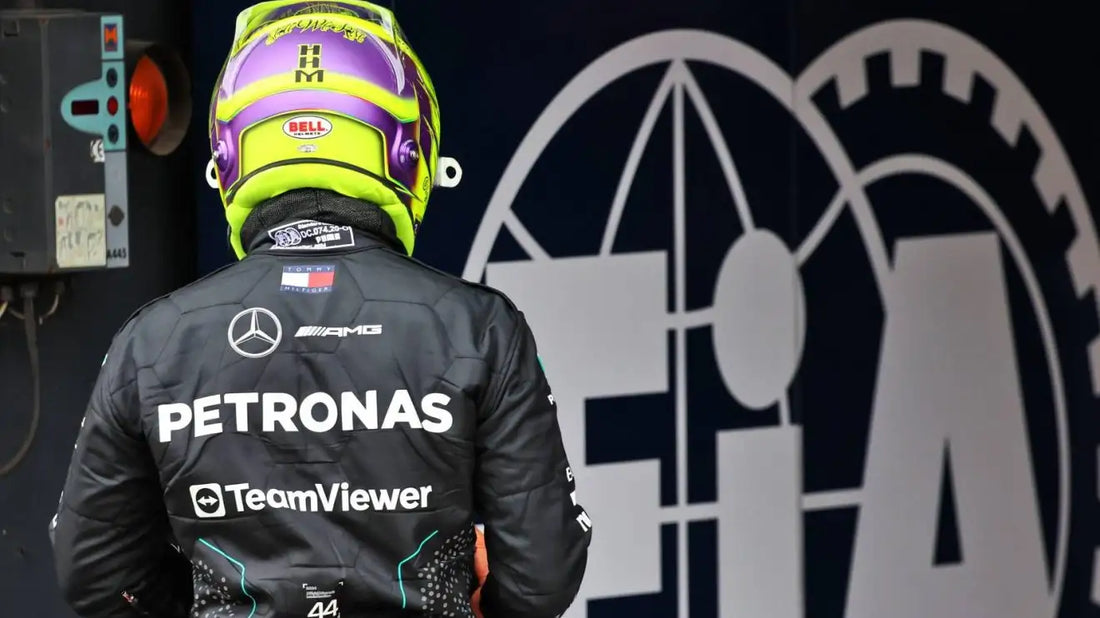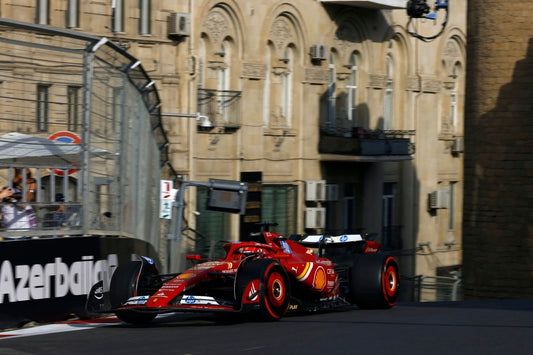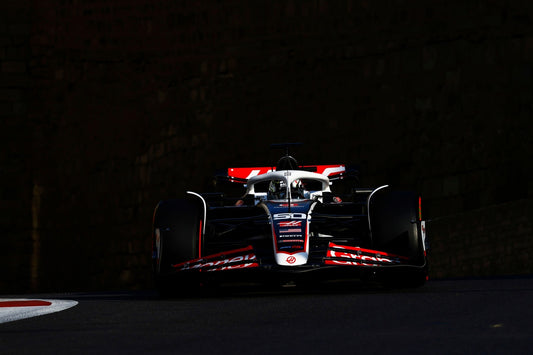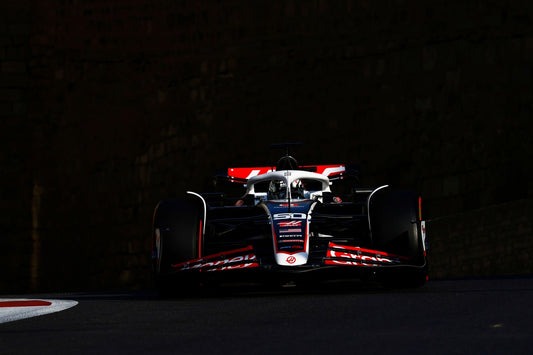Lewis Hamilton’s Dutch GP 2024 Grid Penalty: A Comprehensive Analysis
Manish Kumar
Lewis Hamilton, the seven-time Formula 1 World Champion, faced a challenging Dutch Grand Prix weekend in 2024, exacerbated by a three-place grid penalty that has stirred considerable discussion within the F1 community. The penalty, issued after the qualifying session at Zandvoort, came as a result of an incident in which Hamilton was deemed to have impeded Red Bull’s Sergio Perez during Q1. This penalty not only affected Hamilton’s starting position but also highlighted the broader struggles Mercedes has faced throughout the season.
The Incident: How It Unfolded
During Q1 at the 2024 Dutch GP, Perez was on a flying lap, pushing his Red Bull to the limit, when he encountered Hamilton, who was on an in-lap. Hamilton’s Mercedes, though not on a hot lap, found itself on the racing line at Turn 9, directly in Perez’s path. Despite Hamilton's attempts to move aside, the stewards ruled that he had impeded Perez’s progress. Perez, who had been eyeing a strong qualifying performance, was understandably frustrated, referring to Hamilton over the radio in less-than-flattering terms. He later expressed his dissatisfaction with the incident, noting that he had been penalized for less severe infractions earlier in the season and expected similar consequences for Hamilton.
The stewards’ decision to penalize Hamilton was based on the conclusion that while Hamilton did attempt to avoid blocking Perez, he could have taken additional steps to slow down and fully clear the path. The FIA's official statement read, “The driver of Car 44, being on an in-lap, was informed by the team that Car 11 was approaching on a fast lap when he entered Turn 8. He then drove off line at the exit of Turn 8 with the intention to give way for Car 11. However, when Car 11 arrived, Car 44 had already entered Turn 9 and drove back towards the racing line at the exit of Turn 9, thereby clearly impeding Car 11.”
The Impact on Hamilton and Mercedes
Hamilton’s penalty had immediate consequences, dropping him from his initial qualifying position of 12th to 15th. Although this was later adjusted to 14th following the disqualification of Alex Albon, the penalty still represented a significant setback for the British driver, who has struggled to find consistent form throughout the 2024 season.
Mercedes has had a tumultuous year, with the W15 car proving difficult to set up and often unpredictable in its performance. Hamilton himself described the car as “massively snappy” during the Dutch GP qualifying session, indicating a severe lack of balance that left the team struggling to extract the maximum potential from the car. This issue was further compounded by a disrupted final practice session, where a crash involving Logan Sargeant limited the track time available for teams to fine-tune their setups.
“The car was massively snappy today. Yesterday was a lot of understeer, and then we tried to dial that out and went more the other way,” said Hamilton.
Strategic Implications for the Race
Starting from 14th on the grid is far from ideal for a driver of Hamilton’s caliber, particularly on a track like Zandvoort, where overtaking opportunities are notoriously limited. The narrow, twisty circuit is often compared to a “rollercoaster” due to its steep banking and undulating layout, which makes it challenging for drivers to find overtaking opportunities. For Hamilton, this means that a strong start will be crucial if he is to make any significant progress during the race. However, the difficulties in setting up the W15 suggest that maintaining a competitive race pace might be just as challenging as making up positions on track.
Mercedes, known for its strategic acumen, will likely need to pull off a flawless race strategy to maximize Hamilton’s chances. Tire management, pit stop timing, and possibly even a gamble on an early safety car could be pivotal in helping Hamilton climb the order. However, the team’s struggles with the W15’s setup could also lead to challenges in executing these strategies effectively. A car that is unpredictable in its handling could be difficult to manage over a race distance, especially in the high-pressure environment of a Grand Prix.
The Broader Context: Mercedes’ 2024 Season
Hamilton’s penalty and the challenges it presents must also be viewed within the broader context of Mercedes’ 2024 season. The team has found itself in an unusual position of playing catch-up for much of the year, with Red Bull, Ferrari, and even McLaren often setting the pace. The W15, while an improvement over its predecessor, the W14, has not lived up to expectations, with both Hamilton and Russell expressing frustration at its inconsistency.
This season has also seen the rise of Lando Norris and McLaren, with Norris securing pole position at Zandvoort ahead of home favorite Max Verstappen. The emergence of McLaren as a genuine contender has added another layer of complexity to Mercedes’ season, with the team now facing challenges not just from Red Bull and Ferrari but also from a resurgent McLaren outfit. For Hamilton, who has spent the better part of a decade at the sharp end of the grid, the 2024 season has been a stark reminder of the ebb and flow of fortunes in Formula 1.
Looking Ahead: Can Hamilton Bounce Back?
As the Dutch Grand Prix looms, Hamilton faces the daunting task of recovering from a lowly starting position on a circuit where overtaking is notoriously difficult. However, if there is one thing that Hamilton has demonstrated throughout his illustrious career, it is his ability to bounce back from adversity. The 2024 season may not have gone to plan for Mercedes or Hamilton, but the team will be hoping that their experience and strategic nous can help them salvage a strong result from what has been a difficult weekend.
In the broader championship picture, every point counts, and Hamilton will be acutely aware that a strong recovery drive at Zandvoort could prove crucial as the season heads into its final stages. With the championship battle still wide open, Hamilton and Mercedes will need to dig deep to overcome the challenges they face, both on and off the track.
In conclusion, while the three-place grid penalty at the Dutch Grand Prix is a significant setback, it is not insurmountable. Hamilton’s resilience, combined with Mercedes’ strategic expertise, means that he cannot be counted out, even from a less-than-ideal starting position. The 2024 season has been full of twists and turns, and the Dutch Grand Prix promises to be another chapter in what has been an unpredictable and enthralling championship battle.




